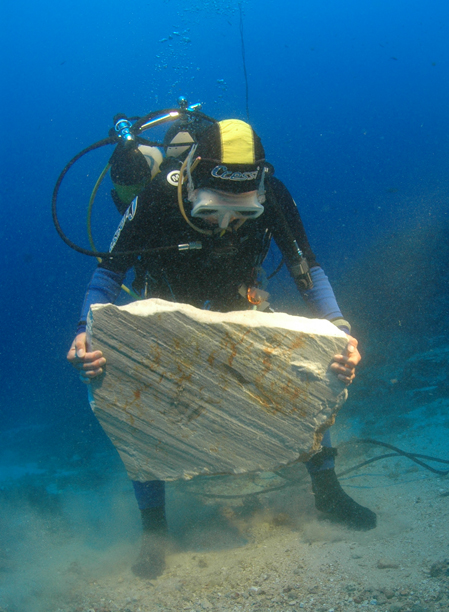January 2010 (114.1)
Field Report
The Kızılburun Shipwreck and the Temple of Apollo at Claros
At some point in the Late Hellenistic period, an ancient marble carrier sank off the western coast of Asia Minor near the promontory now called Kızılburun. The ship had set out from Proconnesos Island laden with a freshly quarried cargo of architectural parts intended for the Temple of Apollo at Claros, but the vessel sank before reaching its destination. The remains of the shipwrecked cargo, discovered in 1993 and under excavation since 2005, include a Doric capital and eight column drums with an estimated total weight of at least 50 tons. Isotopic and metrological data indicate Proconnesos as the source of the marble and Claros as the destination of the unfinished column found in the Kızılburun shipwreck. The discovery provides a unique snapshot of quarrying processes, long-distance transport by sea, and monumental construction in marble in Late Hellenistic Asia Minor.
More articles like this:
Architecture • Maritime Archaeology • Trade • Masonry • Hellenistic Period • Turkey